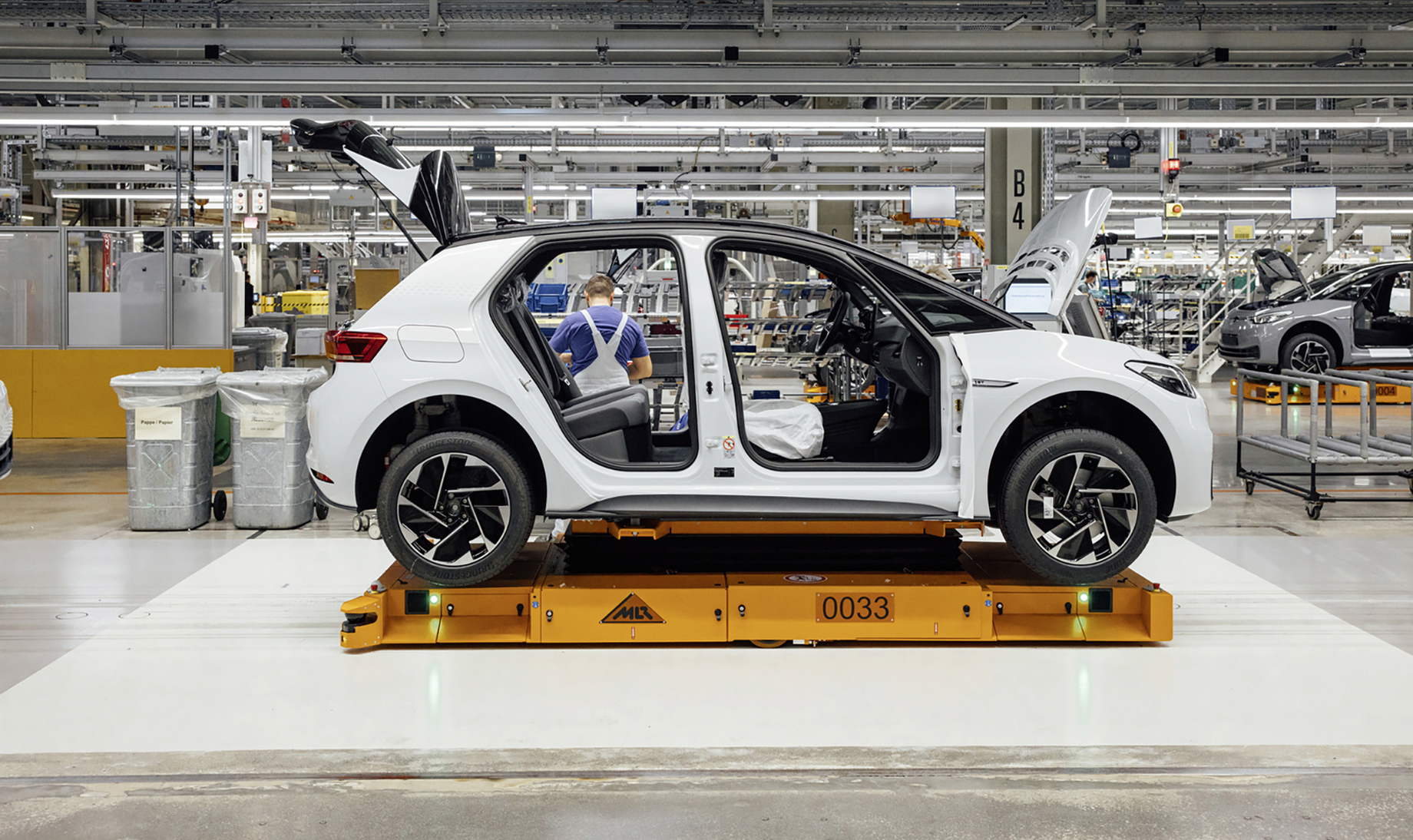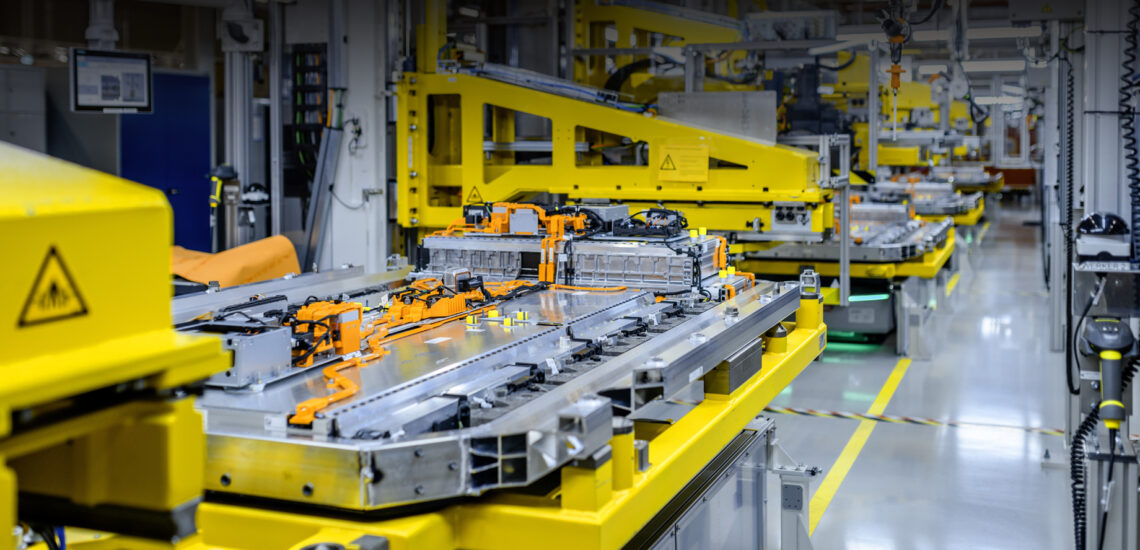Progress of electric car batteries: the key to the evolution of transport
Electric cars haven’t gone away. Since the end of the 19th century, they have only been overshadowed by cars with internal combustion engines except for the first few years of their life when both types of transport fought on equal terms. Such a long history raises a natural question among skeptics: why should everything change now? The crucial point is the development of traction batteries. In order for us to be serious about replacing classic models with electric cars, three factors had to come together: high capacity, mass production and low price of batteries.
The development of charging stations and battery replacement stations networks is a separate issue. However, let’s remember: the need to buy gasoline at a pharmacy (it was sold as a cleaning agent and solvent) didn’t stop Bertha Benz who made the world’s first long-distance trip by the car of her husband, Carl Benz. The environmental side of the feedstock extraction and the disposal of decommissioned batteries are no less important. Progress has been made in these areas in recent months. Now let’s talk about the three crucial factors of development noted above.

“Who Killed the Electric Car?” is the title of a 2006 documentary film the plot of which is based mainly on the first mass electric car of the end of the 20th century – the General Motors EV1 (1996-1999). 1117 cars were produced. The company leased them. In 2003, the program was shut down, all EV1 samples were withdrawn and almost all were destroyed (several cars were sent to museums). Conspiracy theorists blamed it on the oil lobby.
The EV1 had several versions with batteries from 16.5 kWh to 26.4 kWh and a power reserve from 89 to 169 km (the figures were recalculated according to the EPA 2019 standards). Now let’s go back to our days and find several models of electric cars or charging hybrids (the Tesla Model S, the Lucid Air, the Aptera, the Zhiji L7, the Nio ET7, the Aito M5, the GMC Hummer EV) having batteries with a capacity of 100 to 200 kWh and a license power reserve of 600-1600 km (according to different standards, from EPA to NEDC). In addition to the growth of the nominal power reserve, record-breaking races can be considered an optimistic sign. In them, enthusiasts of economical driving show in practice that it is possible to drive more than 1000 km with a single battery charge (examples are the Model S and the Kona Electric).
A similar growth can be observed in the field of production. Let’s represent the monthly global production of traction batteries of almost 22 GWh as 550,000 basic Second Generation Nissan Leaf hatchbacks (they have a 40 kWh battery). Manufacturers of electric cars both purchase lithium-ion cells and blocks from third-party companies, and open their own production facilities, usually in cooperation with the same specialized firms.

Unsurprisingly, the price of a finished battery dropped from $1,200 per kilowatt hour in 2010 to $132 in 2021 (according to Bloomberg NEW). This is the average for electrocarts, electric buses and stationary accumulators, and there is a separate price for electric cars – $118. The impact of rising prices on a feedstock (lithium, cobalt, nickel) due to the explosive growth in demand observed in 2021 won’t be so significant when compared with a tenfold drop in the cost of batteries over a decade.
Further reduction in the price of battery packs is questionable. On the other hand, the development of charging stations networks in cities and on highways will allow companies not to increase the capacity of batteries, but on the contrary – to reduce it again and make do with more modest, and therefore lighter and cheaper, ones. Wireless recharge in motion would also solve the problem of large and heavy traction batteries. Questions remain open about the economic feasibility of the mass introduction of such “charging routes”, the growth of the distribution networks’ capabilities, safety and reliability. As well as the electricity generation, and the balance between different types of power plants.
This is a translation. You can read the original here: https://www.drive.ru/kunst/61b35118155032c35768508a.html






